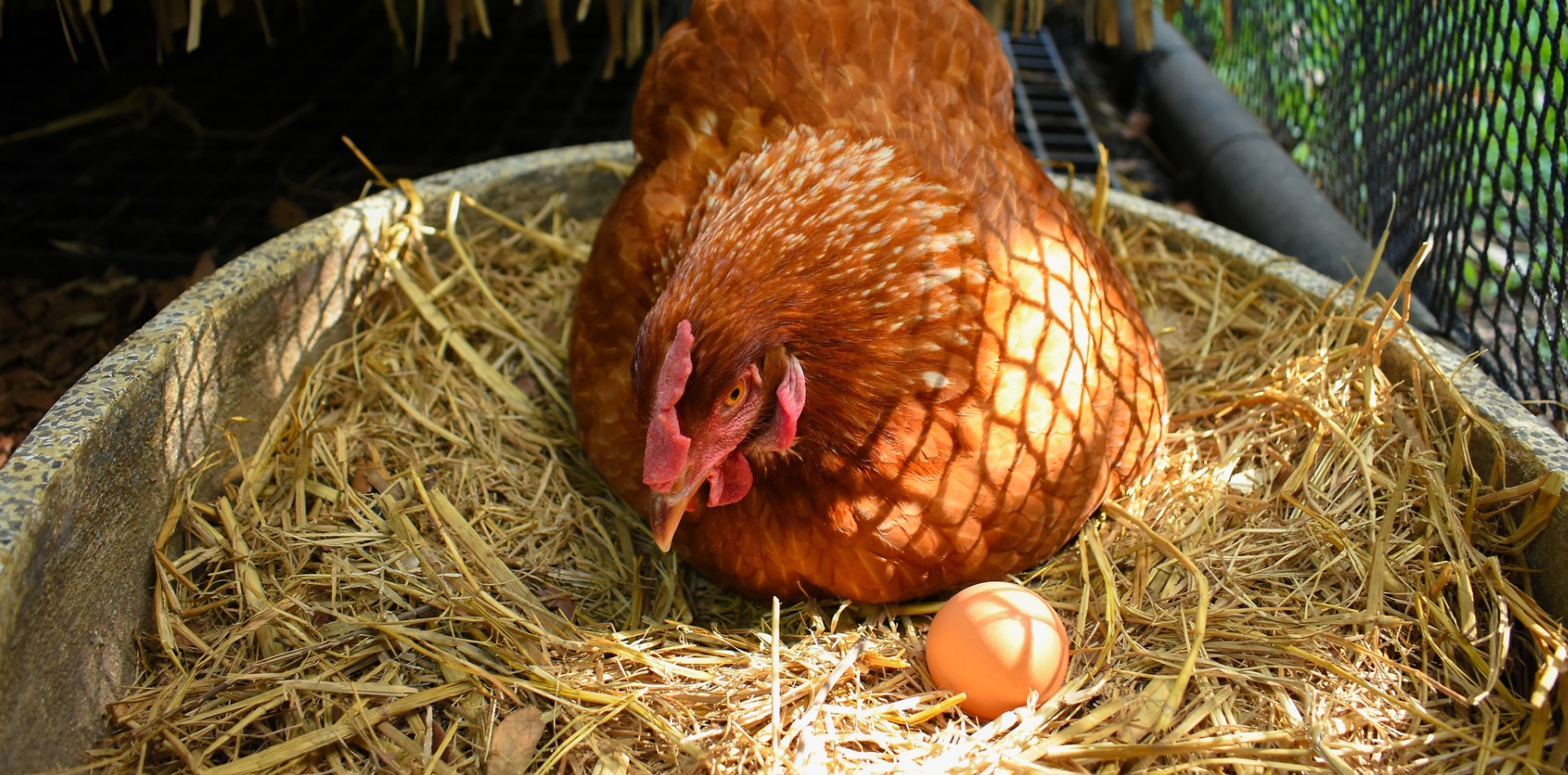Both ACRRM and the RDAA say that channelling WIP and PIP payments to practices rather than doctors will only add to workforce woes.
Rural doctors have stopped short of labelling proposed WIP and PIP reforms “capitation”, but are calling for a major reassessment of the latest recommendations.
It follows the release of a controversial consultation briefing paper earlier this week which set out the views of the panel reviewing the Practice Incentives Program and the Workforce Incentives Program.
The most controversial proposal was to create a new, simplified payment architecture that would require patients and practices to participate in MyMedicare and would direct funding to practices instead of individual doctors.
This would effectively abolish the existing WIP and PIP incentives.
Both the AMA and the RACGP called out the not-so-voluntary nature of having to register with MyMedicare, with college president Dr Nicole Higgins going so far as to say that the paper “articulate[d] a pathway towards what sounds like capitation”.
Arguably, rural doctors have the most to lose from a change in the system.
Regular WIP and PIP incentives tend to be graded by rurality, and there are a number which are specifically for rural doctors.
The Workforce Incentive Program – Doctor Stream provides payments between $3600 and $60,000 per year for primary care doctors working in a MM3 to 7 location.
This is separate to the Workforce Incentive Program – Rural Advanced Skills, through which primary care doctors in MM3 to 7 locations can get paid an extra $4000 to $21,000 if they use their advanced skills training, provide emergency care or do both.
This last only commenced in earnest this calendar year.
Related
According to Rural Doctors Association of Australia president Dr RT Lewandowski, changing the funding streams to channel money to practices rather than doctors could spell disaster.
“Paying the incentives to practices, rather than direct to doctors, would enable practices to decide how much of the incentive the doctor would receive – all of it, part of it, or none at all – even though the payment is meant to be an extra incentive to doctors for working rurally,” the north Queensland rural generalist said.
It would amount to “robbing Peter to pay Paul”, he contended.
Dr Lewandowski was particularly concerned with what the reforms would mean for the two rural-specific incentives.
“While the billings of rural and remote doctors may not, on their own, generate the salary of their city colleagues, the two WIP incentives can help them achieve income equity with their metropolitan peers, and they have played a big part in the revival of interest of young doctors in careers as a rural GP or rural generalist doctor,” he said.
“Locum doctors also receive the two WIP payments directly, which is crucial in supporting small communities to attract locums, particularly given the payments are higher the more remote the community is.”
ACRRM president Dr Dan Halliday was in furious agreement.
“Without a guarantee that these rural incentive payments will be passed on to rural doctors, it becomes even harder to promote rural jobs and there is a real risk of losing RGs and specialist rural GPs,” he said.
“If we are to build a sustainable vision for thriving rural health services, we must deliver a policy framework which values, attracts and retains skilled and committed doctors to practice there.”
Going forward with the recommendations as suggested would, he said, effectively negate any “green shoots” raised by the current government’s investments in Medicare.
Both the RDAA and ACRRM said they would be taking an active role in ongoing negotiations.





